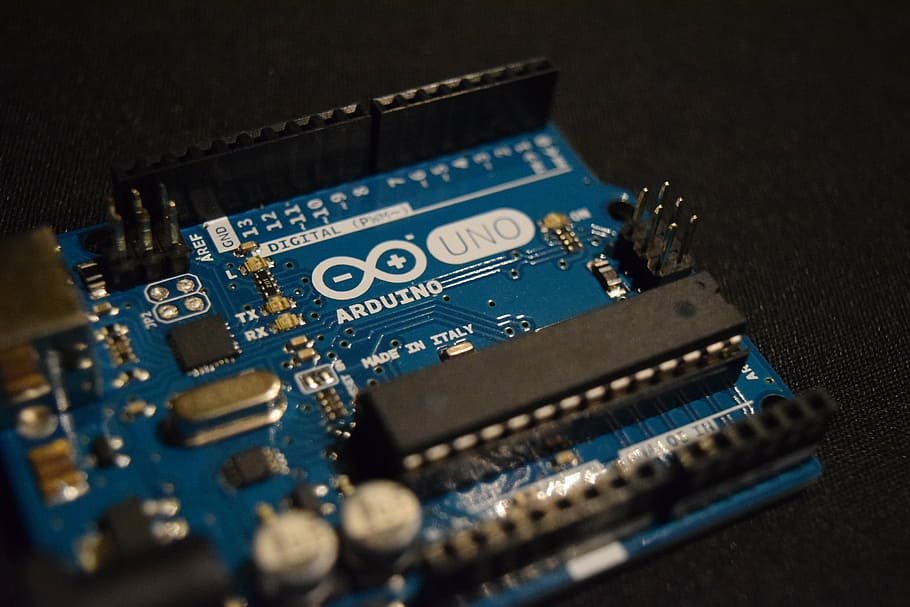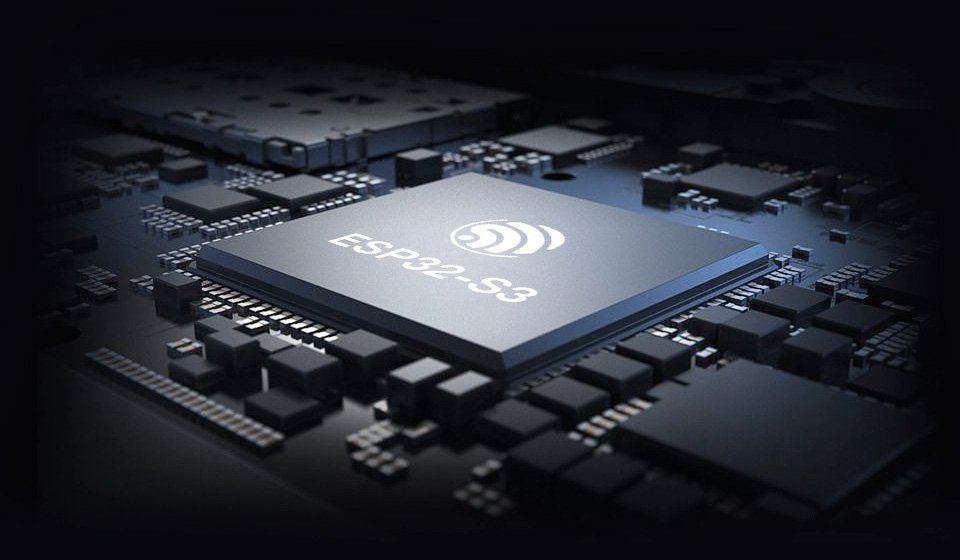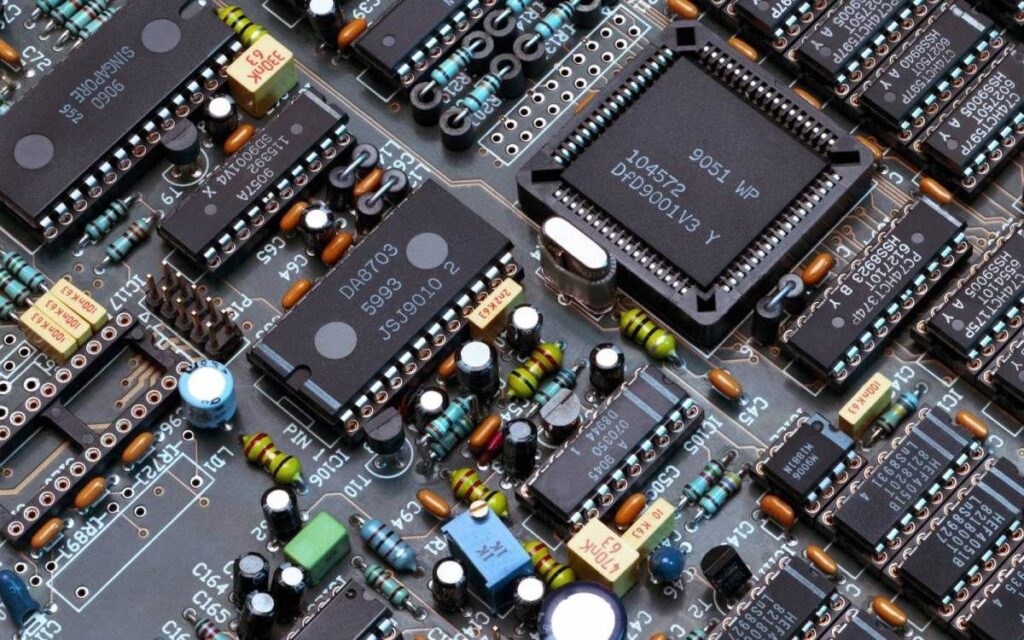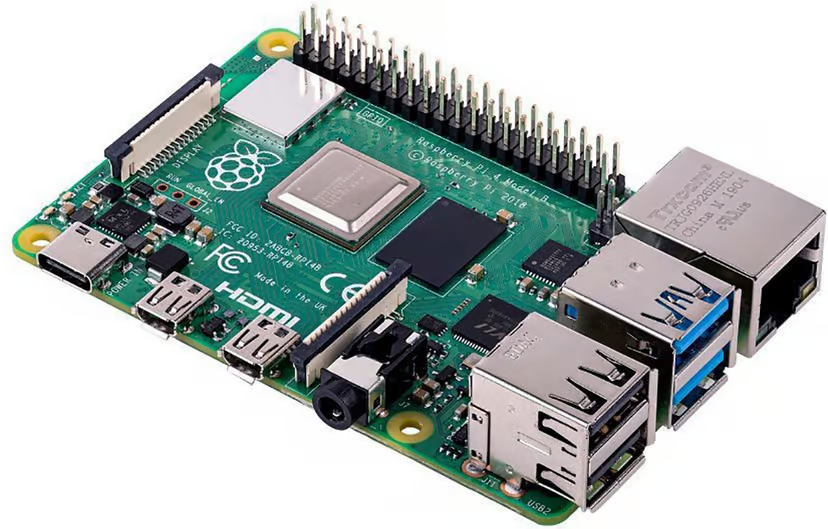
Raspberry Pi is the name of a series of single-board computers made by the Raspberry Pi Foundation, a UK charity that aims to educate people in computing and create easier access to computing education.
The Raspberry Pi launched in 2012, and there have been several iterations and variations released since then. The original Pi had a single-core 700MHz CPU and just 256MB RAM, and the latest model has a quad-core CPU clocking in at over 1.5GHz, and 4GB RAM. The price point for Raspberry Pi has always been under $100 (usually around $35 USD), most notably the Pi Zero, which costs just $5.
All over the world, people use the Raspberry Pi to learn programming skills, build hardware projects, do home automation, implement Kubernetes clusters and Edge computing, and even use them in industrial applications.
The Raspberry Pi is a very cheap computer that runs Linux, but it also provides a set of GPIO (general purpose input/output) pins, allowing you to control electronic components for physical computing and explore the Internet of Things (IoT).

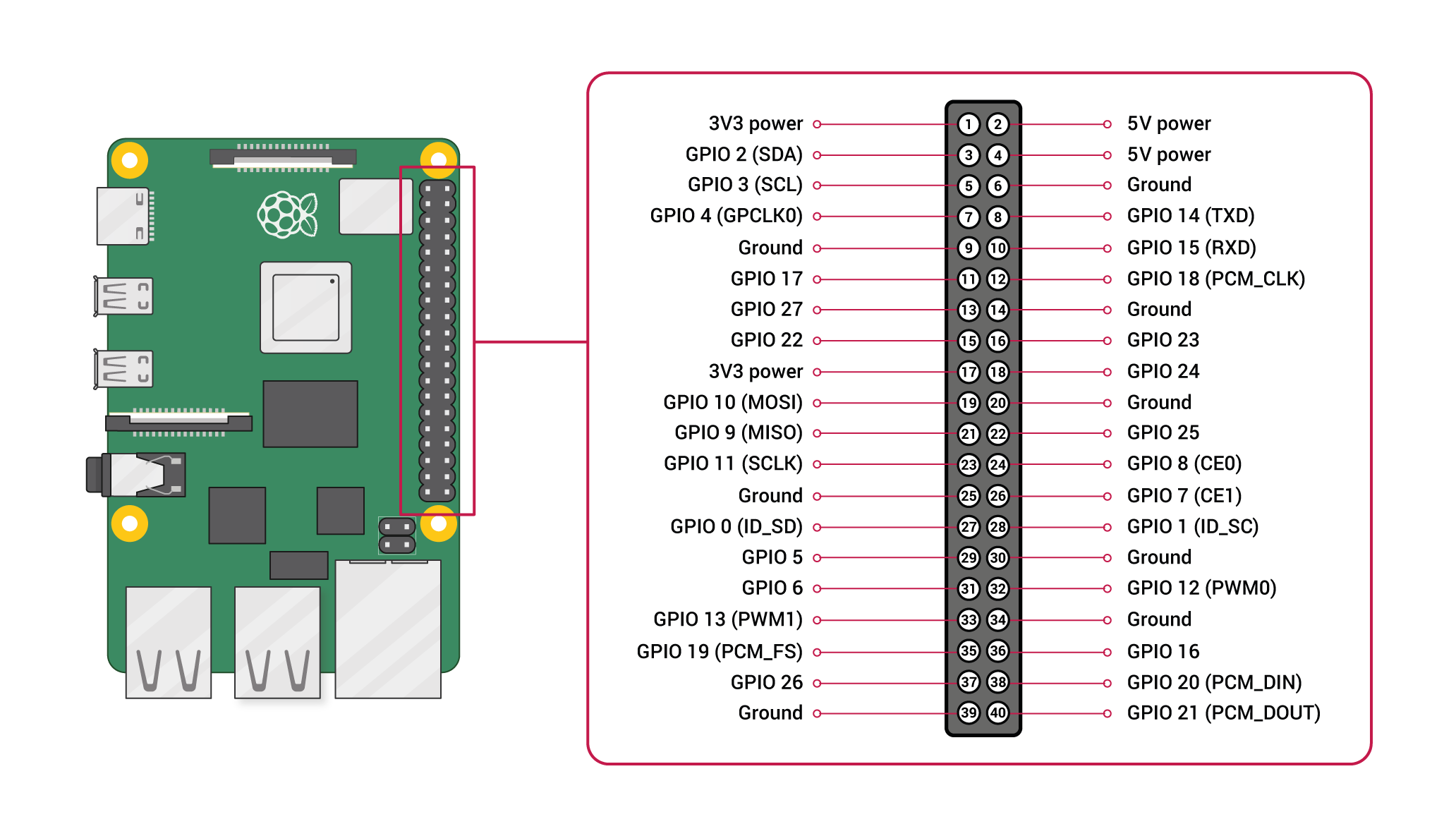
How does Raspberry Pi work?
Raspberry Pi is a programmable device. It comes with all the critical features of the motherboard in an average computer but without peripherals or internal storage. To set up the Raspberry computer, you will need an SD card inserted into the provided space. The SD card should have the operating system installed and is required for the computer to boot. Raspberry computers are compatible with Linux OS. This reduces the amount of memory needed and creates an environment for diversity.
After setting up the OS, one can connect Raspberry Pi to output devices like computer monitors or a High-Definition Multimedia Interface (HDMI) television. Input units like mice or keyboards should also be connected. This minicomputer’s exact use and applications depend on the buyer and can cover many functions.
What Raspberry Pi models have been released?
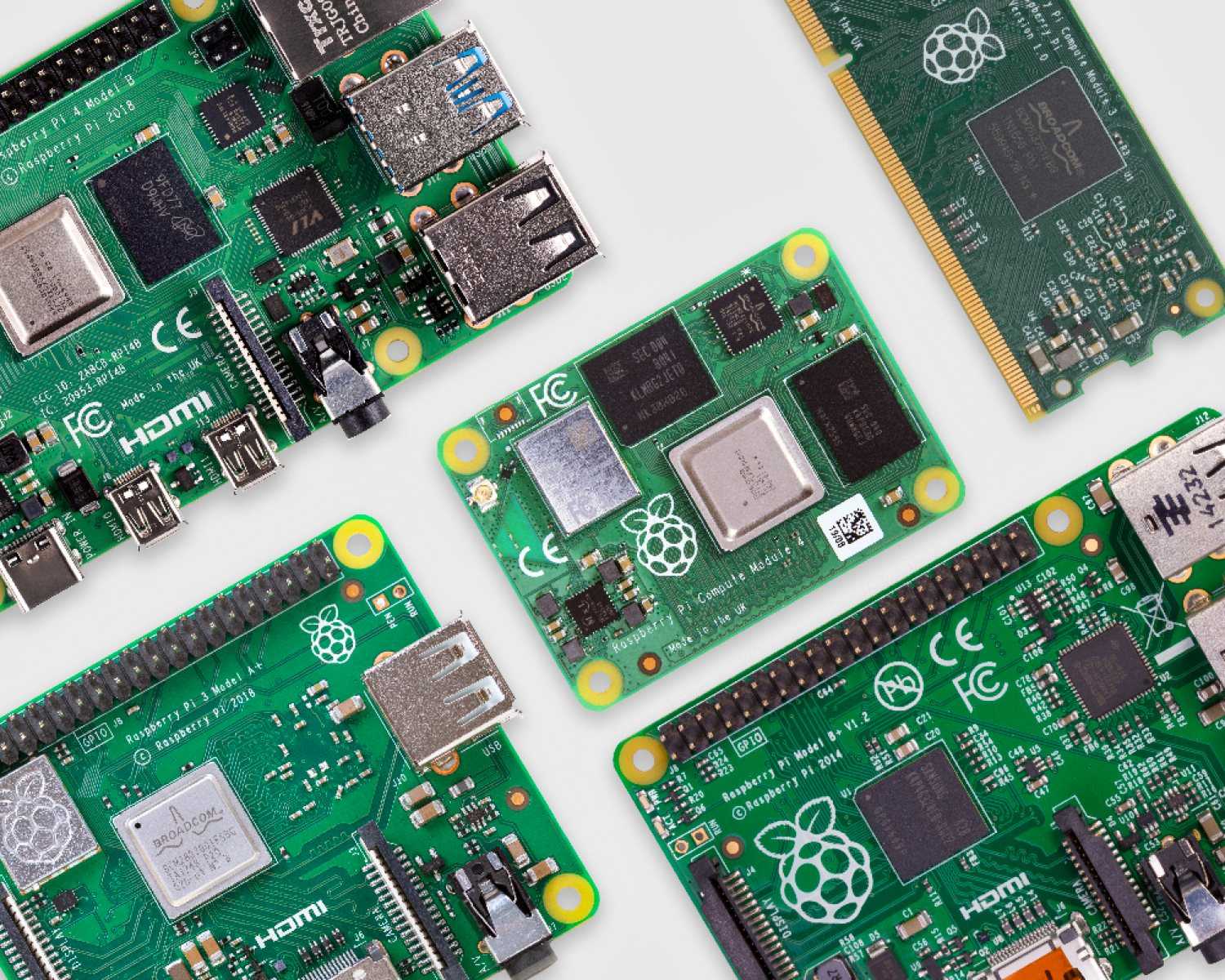
There have been many generations of the Raspberry Pi line: from Pi 1 to 4, and even a Pi 400. There has generally been a Model A and a Model B of most generations. Model A has been a less expensive variant and tends to have reduced RAM and fewer ports (such as USB and Ethernet). The Pi Zero is a spinoff of the original (Pi 1) generation, made even smaller and cheaper. Here’s the lineup so far:
- Pi 1 Model B (2012)
- Pi 1 Model A (2013)
- Pi 1 Model B+ (2014)
- Pi 1 Model A+ (2014)
- Pi 2 Model B (2015)
- Pi Zero (2015)
- Pi 3 Model B (2016)
- Pi Zero W (2017)
- Pi 3 Model B+ (2018)
- Pi 3 Model A+ (2019)
- Pi 4 Model A (2019)
- Pi 4 Model B (2020)
- Pi 400 (2021)
Is the Raspberry Pi open source?
The Raspberry Pi operates in the open source ecosystem: it runs Linux (a variety of distributions), and its main supported operating system, Pi OS, is open source and runs a suite of open source software. The Raspberry Pi Foundation contributes to the Linux kernel and various other open source projects as well as releasing much of its own software as open source.

The Raspberry Pi’s schematics are regularly released as documentation, but the board is not open hardware. The Raspberry Pi Foundation relies on income from the sale of Raspberry Pi units to do its charitable work in the education sector.
What can you do with a Raspberry Pi?
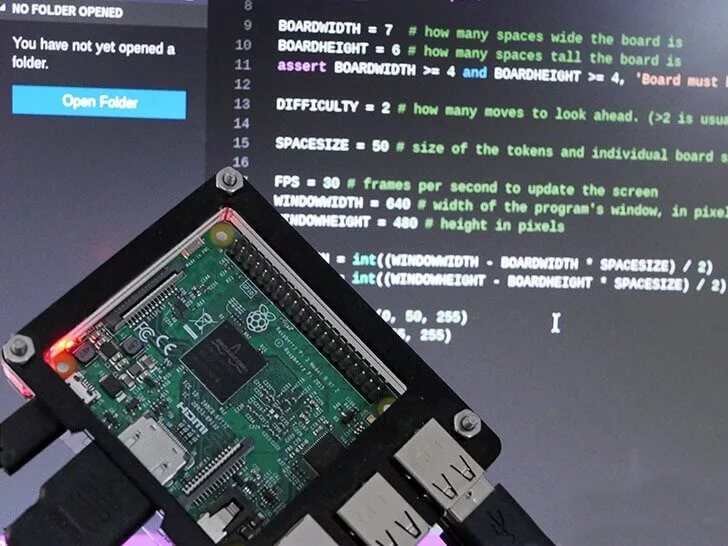
Some people buy a Raspberry Pi to learn to code, and people who can already code use the Pi to learn to code electronics for physical projects. The Raspberry Pi can open opportunities for you to create your own home automation projects, which is popular among people in the open source community because it puts you in control, rather than using a proprietary closed system.


